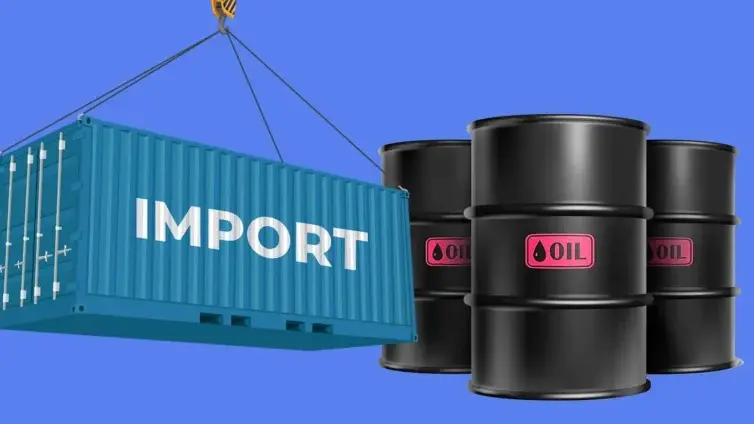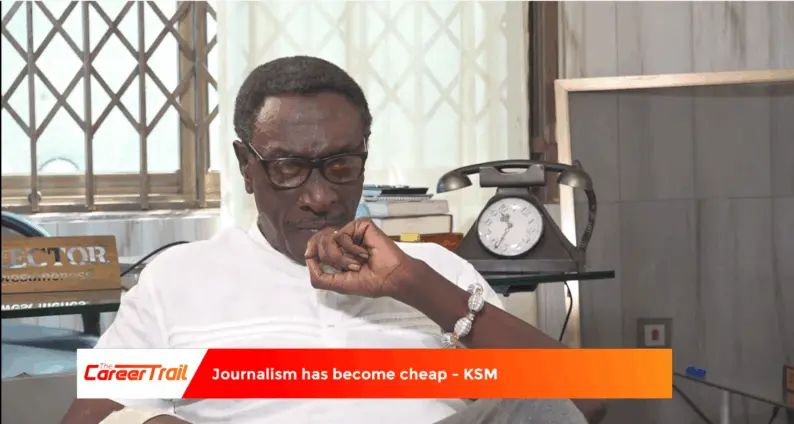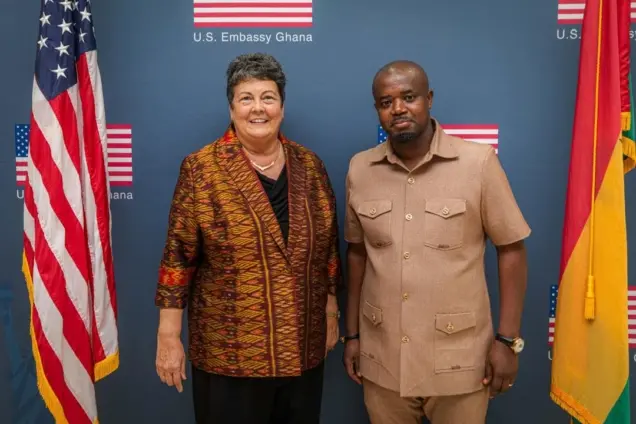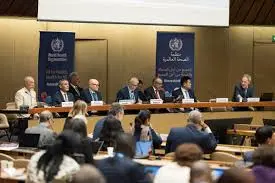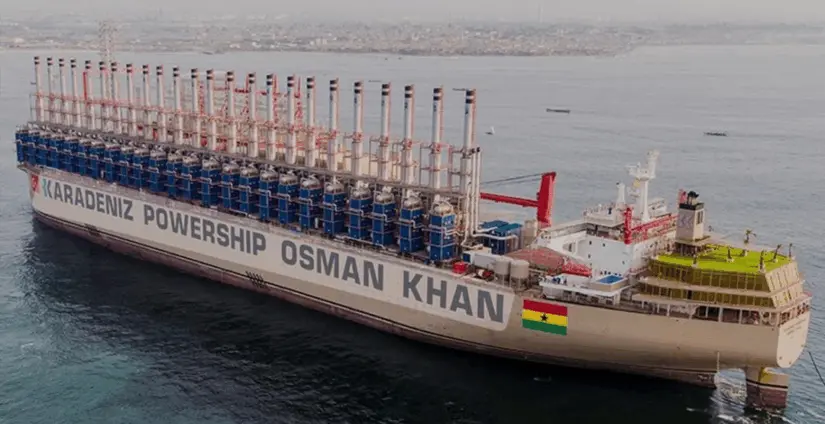The news rippled out through social media and official channels: following a phone call, former US President Donald Trump declared that Russia and Ukraine would “immediately” begin negotiations aimed at a ceasefire, seeking an end to the long and devastating war. The announcement, first appearing on Trump’s Truth Social platform and then echoed in carefully worded statements from both Trump and Ukrainian President Volodymyr Zelensky, has prompted a mix of hope and measured skepticism. At the center of it all lies the critical question of achieving a lasting Russia Ukraine ceasefire.
This announcement necessitates a deeper analysis of Trump’s statements, the diverse responses from key international figures, and the potential ramifications for the ongoing conflict. What are the real prospects for a negotiated settlement, and what hurdles remain?
Trump’s Announcement and Initial Reactions
Trump stated on Truth Social that Russia and Ukraine would “immediately start negotiations toward a Ceasefire and, more importantly, an END to the War.” He asserted that he had informed Zelensky of this development during a call that included other world leaders, emphasizing that the specific conditions for peace would ultimately be negotiated directly between the two warring parties.
President Vladimir Putin characterized the call with Trump as “frank, informative, and constructive.” He mentioned the possibility of a future agreement: “We have agreed with the US president that Russia will offer and is ready to work with Ukraine on a memorandum on a possible future peace agreement,” outlining settlement principles and a timeline, including a possible ceasefire. Putin notably avoided directly addressing demands for an unconditional 30-day ceasefire.
Zelensky described the situation as “a defining moment” and urged the United States not to distance itself from the peace talks. He reaffirmed Ukraine’s desire for a “full and unconditional ceasefire,” stressing the critical importance of American and European representatives being actively involved in the negotiation process. “It is crucial for all of us that the United States does not distance itself from the talks and the pursuit of peace, because the only one who benefits from that is Putin,” Zelensky stated.
Key Issues and Potential Obstacles to a Ceasefire
Despite the positive rhetoric, significant challenges remain. Moscow’s specific demands for a ceasefire and any potential concessions remain shrouded in uncertainty. Kyiv has repeatedly voiced deep distrust in Putin’s intentions, citing previous, ultimately failed ceasefire attempts. Ukraine continues to seek firm guarantees of long-term security and the restoration of its territorial integrity, conditions that Russia may be unwilling to fully concede.
Trump indicated that the US would not withdraw from brokering talks entirely but that a “red line” exists, signaling a potential limit to American involvement. He expressed frustration with the perceived lack of progress from both sides in the conflict. Zelensky, conversely, emphasized the continued crucial role of US engagement in facilitating any lasting resolution.
European Commission President Ursula von der Leyen conveyed thanks to Trump for his efforts, reiterating the importance of sustained US involvement. Italian Prime Minister Giorgia Meloni welcomed Pope Leo’s offer to host peace talks, signaling a broader international desire for a peaceful resolution.
Historical Context and Previous Ceasefire Attempts
Russia has previously declared temporary ceasefires, which Kyiv has rejected, citing a deep lack of trust. Past truces have been marred by violations from both sides, highlighting the fragility of such agreements in the absence of strong guarantees and genuine commitment.
A primary obstacle to progress has been Ukraine’s insistence on an immediate 30-day ceasefire, a condition that Russia has not unconditionally accepted. Putin previously declined Trump’s offer to participate in talks in Turkey, indicating a reluctance to engage in certain mediation efforts. Kyiv views Putin’s peace overtures with considerable skepticism, given the history of broken agreements and continued aggression.
Potential Outcomes and Future Implications
Several potential scenarios could unfold following Trump’s announcement. Negotiations could indeed commence, potentially leading to a ceasefire and, ultimately, a comprehensive peace agreement. Alternatively, talks could stall, resulting in a continuation of the devastating conflict. A third possibility involves the US reducing its involvement in brokering peace, potentially altering the dynamics of the conflict and shifting the balance of power.
The ultimate outcome of the conflict will significantly reshape the geopolitical landscape. The ongoing humanitarian crisis in Ukraine will continue to require sustained international attention and support. The conflict has far-reaching implications for global energy markets, international security, and the broader world order.
Trump’s statement regarding the possibility of Russia Ukraine ceasefire talks has injected a new element into the protracted conflict. While the announcement has been met with cautious optimism, significant hurdles remain. The success of these negotiations hinges on the willingness of both sides to make meaningful compromises, the sustained engagement of the US and other international actors, and a genuine commitment to achieving a lasting and just peace. As the situation unfolds, the world watches with cautious hope, searching for any sign that a resolution can be found to end the devastation.
Image Source: MYJOYONLINE


